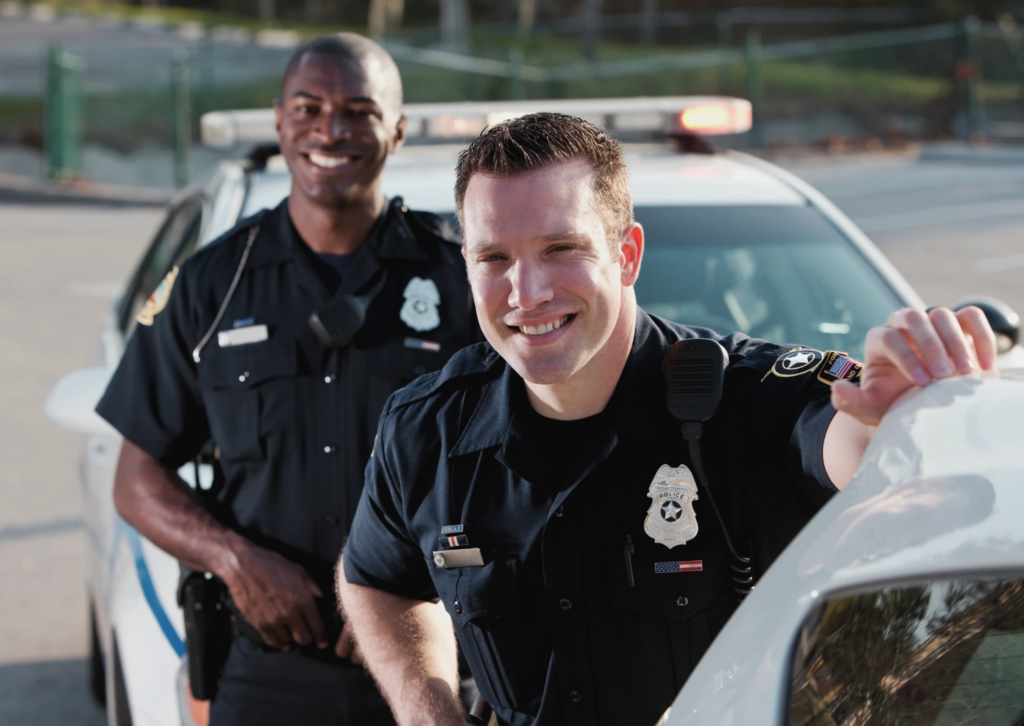
Law enforcement officers face a range of experiences that most civilians can’t imagine—repeated exposure to high-stress situations, traumatic incidents, and the responsibility of making split-second life or death decisions. These intense experiences can sometimes lead to symptoms of post-traumatic stress, affecting officers in ways that are deeply personal and complex. This guide explains how PTSD can impact law enforcement professionals, what to watch for, and how to seek effective support.
Recognizing PTSD Symptoms in Law Enforcement
PTSD in officers may develop gradually, often going unnoticed until symptoms become overwhelming. Here’s what PTSD can look like in law enforcement:
- Re-experiencing past events: Officers may relive disturbing events through flashbacks, nightmares, or intrusive thoughts, especially when reminders trigger those memories.
- Avoidance behaviors: Some officers find themselves avoiding places, people, or activities that bring back distressing memories, which can begin to limit their everyday experiences.
- Constant alertness or hypervigilance: Feeling constantly on guard, even in safe situations. This state of heightened alertness can lead to irritability, difficulty sleeping, and an inability to feel “off duty.”
- Emotional detachment: A common experience among officers is to feel numb or disconnected, which may help on the job but can spill over into personal relationships, making it harder to connect emotionally.
- Changes in mood and beliefs: Officers might notice feelings of guilt, shame, or sadness, along with increased frustration or impatience, especially in situations that previously wouldn’t have affected them. Others may begin to distrust people more generally or feel uncomfortable in public settings.
Why Law Enforcement Officers Are at Higher Risk for PTSD
The nature of law enforcement work means officers are frequently exposed to dangerous, violent, or emotionally charged situations. Several factors make officers more vulnerable to PTSD:
- Exposure to trauma: From witnessing violent crime scenes to being involved in high-stress situations, officers are routinely exposed to events that can leave a lasting psychological impact.
- Cumulative trauma: PTSD can develop not only from one traumatic event but also from the buildup of many difficult incidents over time.
- Pressure to maintain control: Officers are trained to stay calm and composed, but constant control over emotions can lead to suppressed feelings, which may result later as PTSD symptoms.
- Public scrutiny and lack of support: Facing public criticism and high expectations while feeling unsupported by leadership can add to mental strain, worsening PTSD symptoms.
Myths and Misconceptions About PTSD in Law Enforcement
Understanding PTSD is essential for officers, yet there are several myths that can create barriers to seeking help. Here are a few to be aware of:
- Myth #1: “PTSD only happens to people with weak mental health.”
PTSD can develop in anyone as a result of repeated exposure to trauma. It has nothing to do with weakness and can affect even the strongest individuals. - Myth #2: “If I have PTSD, I’m unfit for duty.”
Many officers with PTSD manage their symptoms and continue to perform their roles effectively. With proper support, PTSD symptoms can be treated, managed and resolved. - Myth #3: “Talking about trauma makes it worse.”
Avoiding traumatic memories can actually worsen PTSD symptoms over time. Processing trauma with a mental health professional can help reduce symptoms.
How to Support Mental Health
While PTSD can be challenging, there are effective ways to manage your basic wellness as you begin to heal. Consider these strategies:
- Prioritize self-care: Physical health impacts mental health. Exercise regularly, get enough sleep, and maintain a balanced diet.
- Establish a routine: Creating a daily routine can provide structure, helping to manage stress and create a sense of normalcy.
- Use relaxation techniques: Techniques like deep breathing, meditation, or progressive muscle relaxation can help manage feelings of tension or hypervigilance.
- Build a support network: Connecting with colleagues, friends, and family who understand your experiences can help reduce isolation and provide emotional support.
- Build a life outside the profession: Engage in activities and people who have nothing to do with law enforcement. These experiences can help bring balance to your life and provide opportunities for fulfillment and satisfaction.
Professional Treatment Options
For officers with PTSD, professional support is often necessary for effective symptom management. Here are some evidence-based treatment options:
- Cognitive processing therapy (CPT): Helps you process traumatic memories and reframe negative thought patterns.
- Eye movement desensitization and reprocessing (EMDR): Uses eye movements to help process and reduce the emotional impact of traumatic memories.
- Exposure therapy: Safely exposes you to traumatic memories in a controlled setting, reducing the fear response.
- Medication: In some cases, medications can help reduce symptoms like anxiety and insomnia, making it easier to engage in other forms of treatment.
When to Seek Help
If PTSD symptoms are interfering with your daily life, relationships, or ability to do your job effectively, it is time to seek help. Many officers find relief in working with mental health professionals who understand the unique demands of law enforcement. The sooner you address symptoms, the easier it is to regain control and strengthen resilience.
Final Takeaways
PTSD is a real, manageable condition that many law enforcement officers face. By understanding the symptoms, reducing stigma, and knowing when to seek help, officers can find effective ways to cope and thrive both on and off duty. Remember, addressing PTSD isn’t a sign of weakness—it’s a step toward resilience and maintaining the strength you need for the challenges ahead.
Our team at Centre Wellness has specific training and experience in the treatment of trauma among law enforcement professionals. To view therapists at Centre Wellness who provide treatment for PTSD, click here.
At Centre Wellness, we sometimes use AI tools to assist in content creation. All content is directed, reviewed, and edited by our professional team to ensure accuracy and relevance to your needs.